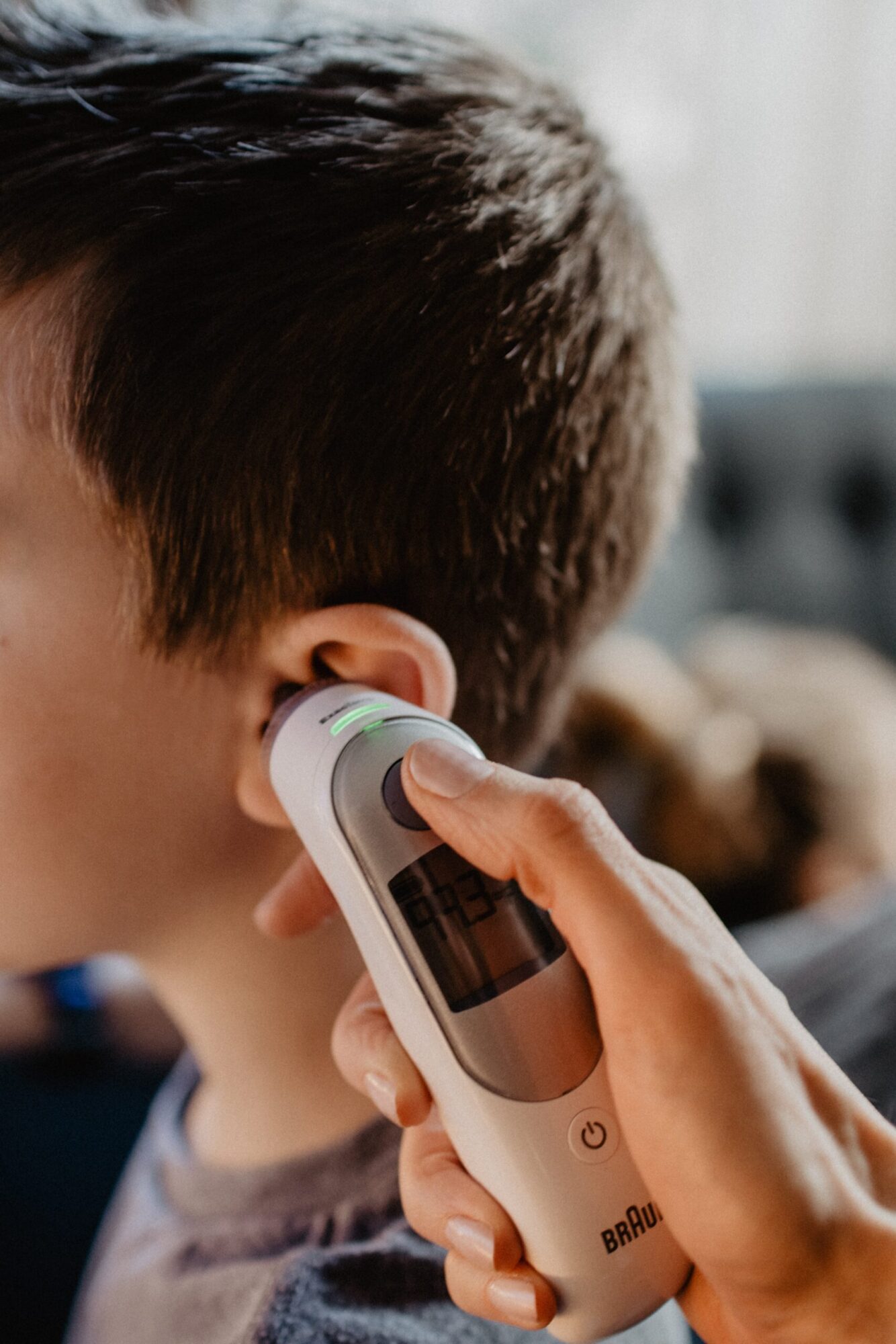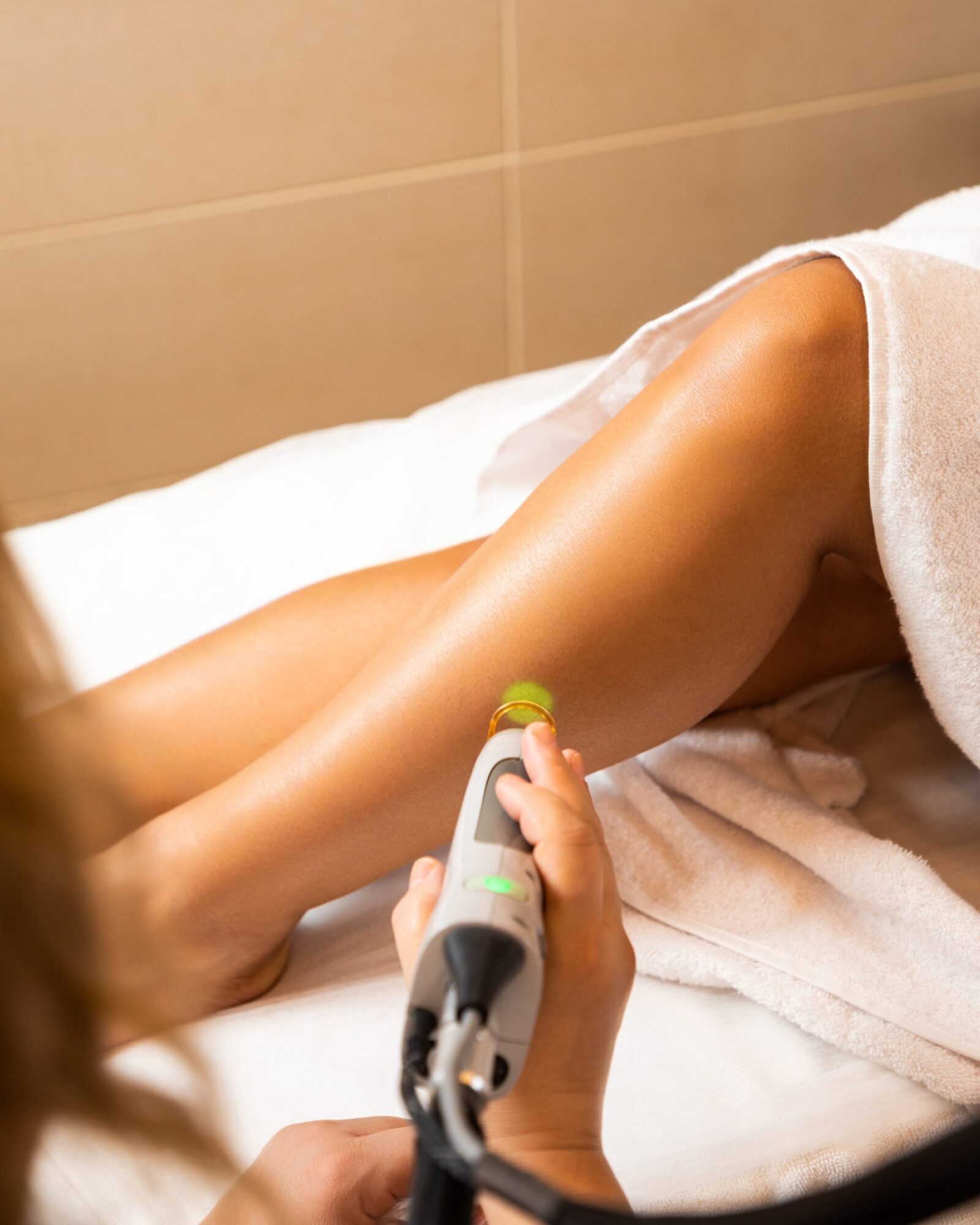Frequently Asked Questions
Can a cold cap be used for migraine relief?
Yes, a cold cap can be beneficial for migraine relief. Applying a cold cap or ice pack to the head can help constrict blood vessels and reduce inflammation, providing relief from migraine pain. It can also numb the area, offering additional comfort during a migraine episode.
How effective is a cold cap for fever reduction?
A cold cap can effectively aid in reducing fever by drawing heat away from the body’s surface. When applied to specific areas such as the forehead or neck, it helps lower body temperature by promoting heat dissipation. This method is commonly used as an adjunct to medication for fever management.
Is using a cold cap suitable for sports and physical therapy?
Cold caps are commonly utilized in sports and physical therapy settings to alleviate muscle soreness and inflammation. By applying a cold cap to affected areas, it helps reduce swelling and numbs pain receptors, facilitating faster recovery after intense workouts or physical activities.
Can a cold cap be employed in dermatological procedures?
Cold caps are frequently used in dermatological procedures such as laser treatments or chemical peels to minimize discomfort and prevent excessive skin redness or swelling. The cooling effect of the cold cap soothes the skin and reduces inflammation, enhancing overall patient comfort during these procedures.
What role does a cold cap play in post-surgical recovery?
In post-surgical recovery, a cold cap aids in reducing swelling and discomfort at the surgical site. By applying targeted cooling, it constricts blood vessels and minimizes tissue damage while promoting faster healing. This approach is particularly valuable for managing post-operative pain and accelerating recovery times.
Are there any contraindications when using a cold cap?
While generally safe, individuals with circulatory disorders or sensitivity to extreme temperatures should exercise caution when using cold caps. Those with certain medical conditions should




